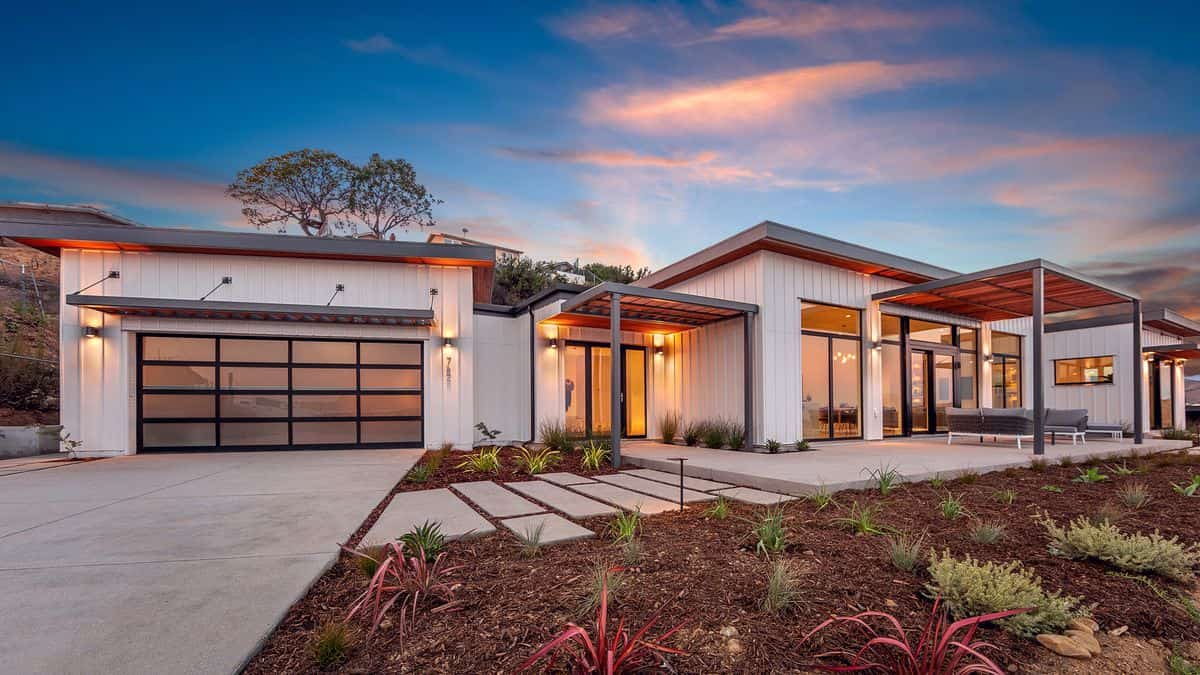The concept of modular architecture, particularly through the lens of kit homes, has been gaining significant traction in recent years. As we grapple with the challenges of urbanization, environmental sustainability, and housing affordability, kit homes are emerging as a viable solution that marries efficiency, design, and sustainability. This modern approach to homebuilding represents a shift towards more adaptable and cost-effective housing options that could play a critical role in the future of housing.

The Evolution of Modular Architecture
Modular architecture is not a new concept; it has its roots in the early 20th century when prefabricated homes began to appear. These homes, often seen as a symbol of modernism, were designed to be mass-produced and easily assembled. However, the stigma of cheapness and lack of individuality plagued early modular homes, making them less desirable compared to traditional homes.
Today, modular architecture has evolved significantly. Advances in technology, materials, and design have transformed kit homes from basic, cookie-cutter structures into customizable, high-quality living spaces. Modern kit homes are not just about efficiency; they are about offering a personalized living experience that meets the needs and preferences of the homeowner.
What Are Kit Homes?
Kit homes are a type of prefabricated structure that arrives at the construction site as a complete set of parts, ready to be assembled. These homes are designed with precision in a factory setting, ensuring that all components fit together perfectly. The “kit” usually includes everything needed to build the home, from the structural framework to the roofing materials, windows, and doors.
One of the key benefits of a kit home is the speed of construction. Since much of the work is done off-site, the on-site assembly process is relatively quick and straightforward. This can significantly reduce labor costs and construction time, making kit homes an attractive option for those looking to build a home quickly and efficiently.
The Benefits of Kit Homes
The rise of kit homes can be attributed to several factors that align with contemporary housing needs:
- Affordability: One of the most compelling reasons for the growing popularity of kit homes is their affordability. By mass-producing components in a factory, manufacturers can reduce costs, which are then passed on to the consumer. Additionally, the quicker construction time reduces labor expenses, making kit homes a cost-effective option for many.
- Sustainability: Environmental sustainability is a critical consideration in modern architecture, and kit homes are no exception. The controlled factory environment where kit homes are produced allows for greater efficiency in material usage, reducing waste. Furthermore, many kit homes are designed with energy efficiency in mind, incorporating features such as advanced insulation, energy-efficient windows, and sustainable building materials.
- Customization: Unlike the modular homes of the past, which offered limited design options, today’s kit homes can be highly customized. Homeowners can choose from various styles, floor plans, and finishes, such as modern exterior cladding, ensuring that their home reflects their personal taste and lifestyle. This level of customization makes kit homes a versatile option that can cater to a wide range of preferences.
- Quality Control: Building a home in a controlled factory environment allows for better quality control. Every component of a kit home is manufactured with precision, ensuring that the final product meets high standards of quality and durability. This level of control is often challenging to achieve in traditional on-site construction, where variables such as weather conditions and human error can affect the outcome.
Kit Homes and the Future of Housing
As the housing market continues to evolve, kit homes are poised to play an increasingly important role in the future of housing. The combination of affordability, sustainability, and customization makes them an ideal solution for a range of housing needs, from first-time homebuyers to those looking to downsize or invest in a vacation property.
Moreover, kit homes align with broader trends in urban planning and development. With the global population expected to reach nearly 10 billion by 2050, the demand for housing will continue to grow. Kit homes offer a scalable solution that can help meet this demand without compromising on quality or environmental sustainability.
In urban areas, where space is often at a premium, kit homes can be designed to maximize efficiency in small footprints. They are also well-suited to rural and suburban settings, where homeowners may have more space to customize their homes and take advantage of the natural surroundings.
Conclusion
Modular architecture, particularly in the form of kit homes, is redefining the way we think about housing. As we look to the future, it’s clear that kit homes will play a pivotal role in addressing some of the most pressing challenges in the housing market, from affordability to sustainability. These homes offer a glimpse into a future where building a home is not just about constructing a structure but creating a personalized, efficient, and environmentally friendly living space.
As more people become aware of the benefits of kit homes, it’s likely that we will see a continued rise in their popularity, making them a key player in the future of housing. Whether you’re looking for a cost-effective first home, a sustainable living solution, or a customizable retreat, kit homes represent the next evolution in residential architecture.

